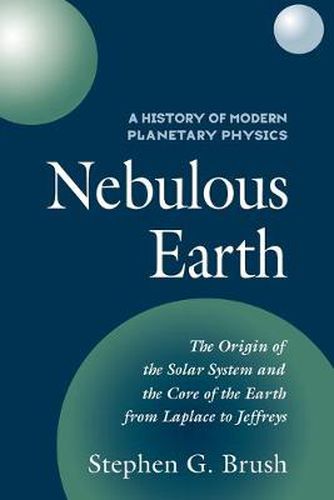Readings Newsletter
Become a Readings Member to make your shopping experience even easier.
Sign in or sign up for free!
You’re not far away from qualifying for FREE standard shipping within Australia
You’ve qualified for FREE standard shipping within Australia
The cart is loading…






Where did we come from? Before there was life there had to be something to live on - a planet, a solar system. During the past 200 years, astronomers and geologists have developed and tested several different theories about the origin of the solar system and the nature of the Earth. Did the Earth and other planets form as a by-product of a natural process that formed the Sun? Did the solar system come into being as the result of catastrophic encounter of two stars? Is the inside of the Earth solid, liquid or gaseous? The three volumes that make up A History of Modern Planetary Physics present a survey of these theories. Nebulous Earth follows the development of the nineteenth-century’s most popular explanation for the origin of the solar system, Laplace’s Nebular Hypothesis. This theory supposes that a flattened mass of gas extending beyond Neptune’s orbit cooled and shrank, throwing off in the process successive rings that in time coalesced to form several planets.
$9.00 standard shipping within Australia
FREE standard shipping within Australia for orders over $100.00
Express & International shipping calculated at checkout
Where did we come from? Before there was life there had to be something to live on - a planet, a solar system. During the past 200 years, astronomers and geologists have developed and tested several different theories about the origin of the solar system and the nature of the Earth. Did the Earth and other planets form as a by-product of a natural process that formed the Sun? Did the solar system come into being as the result of catastrophic encounter of two stars? Is the inside of the Earth solid, liquid or gaseous? The three volumes that make up A History of Modern Planetary Physics present a survey of these theories. Nebulous Earth follows the development of the nineteenth-century’s most popular explanation for the origin of the solar system, Laplace’s Nebular Hypothesis. This theory supposes that a flattened mass of gas extending beyond Neptune’s orbit cooled and shrank, throwing off in the process successive rings that in time coalesced to form several planets.